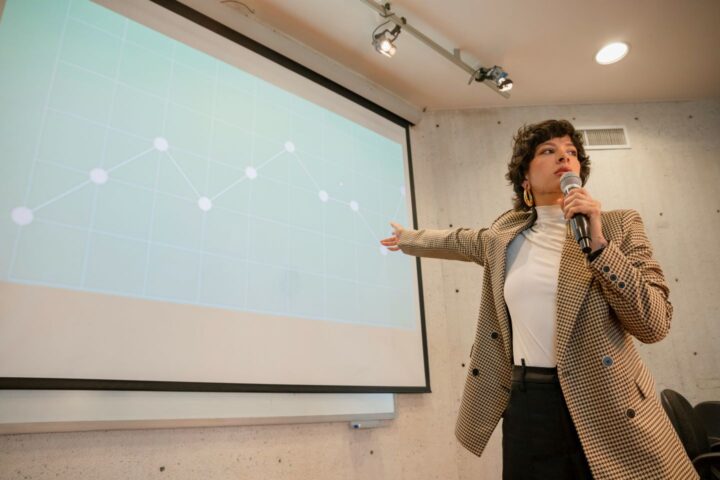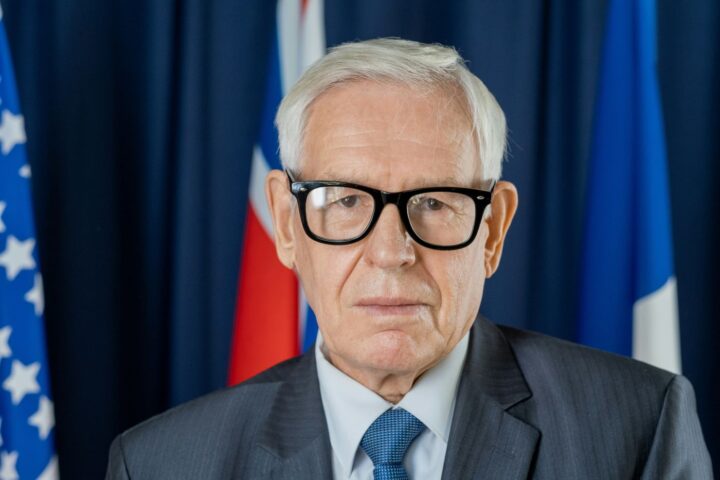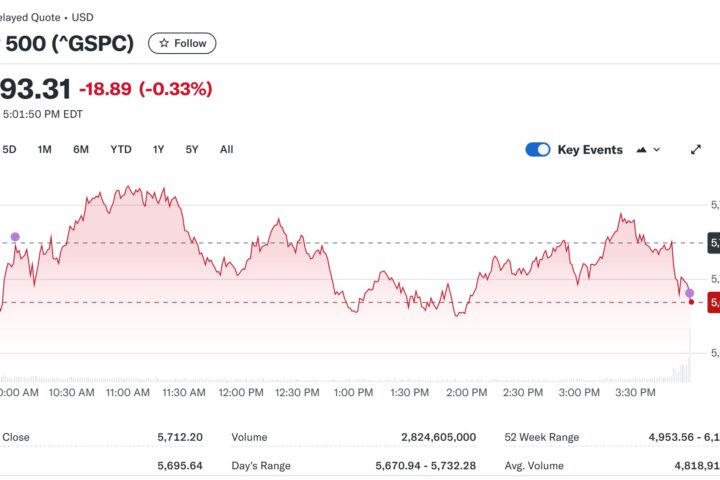In recent years, one of the most contentious issues in global football has been the ongoing dispute between FIFPro, the international players’ union, and FIFA, the sport’s governing body. At the heart of this clash is the congested football calendar, which has led to growing concerns over player welfare, scheduling conflicts, and the future structure of the game. This battle is more than just about dates on a calendar—it’s about the sustainability of modern football and the health of the athletes who play it.

The Growing Tension
The football calendar has become increasingly packed in recent seasons. Between domestic leagues, international tournaments, club competitions like the UEFA Champions League, and FIFA events such as the World Cup, players are being asked to play more matches with fewer breaks. FIFA’s recent proposals, including expanding the Club World Cup and plans for a biennial World Cup, have only intensified the debate, with FIFPro raising the alarm about the toll this scheduling is taking on players.
FIFPro’s primary concern is the physical and mental well-being of players. The union argues that the relentless demands placed on top players, who often compete in over 60 matches a season, are unsustainable. The result is an increase in injuries, burnout, and the inability for players to perform at their peak consistently. FIFPro has called for a more balanced calendar that prioritizes player recovery and ensures longer off-season breaks, but FIFA’s plans often seem to push in the opposite direction.
FIFA’s Ambitions
FIFA’s motivation for packing the calendar with more competitions is clear—growth and revenue. By expanding tournaments like the Club World Cup and pushing for new events, FIFA aims to increase the global reach of football, boost viewership, and generate more income for the organization and participating teams. For example, the proposed biennial World Cup would double the frequency of the sport’s most prestigious tournament, theoretically increasing its global appeal and profitability.
FIFA President Gianni Infantino has been a vocal supporter of these initiatives, arguing that more frequent major tournaments would benefit smaller nations and provide more opportunities for teams to compete on the world stage. But this push for more games has not been met with universal approval, with critics warning that it risks oversaturating the sport and placing too much strain on players.
FIFPro’s Counterarguments
FIFPro, representing thousands of professional players worldwide, has made it clear that their members are reaching a breaking point. The union has conducted numerous studies on player workloads, showing that excessive travel, lack of rest, and constant match pressure are taking a significant toll. FIFPro argues that long-term player health is at risk, which in turn jeopardizes the quality of the sport itself.
One of the key issues FIFPro has raised is the uneven burden placed on elite players. Stars who play for top clubs and national teams often participate in multiple competitions, leaving little time for recovery. This contrasts with lower-tier players who may have fewer matches, leading to calls for a more equitable distribution of playing time and rest periods.
FIFPro has also highlighted the mental strain players face, with many athletes reporting increased levels of stress and fatigue due to the relentless schedule. The union is calling for a more player-centered approach to the football calendar, one that ensures athletes have sufficient time for rest, recovery, and personal life away from the game.
The Path Forward
Finding a balance between FIFA’s ambitions and FIFPro’s concerns won’t be easy. Both sides have valid points: FIFA wants to expand the sport and grow its global footprint, while FIFPro is fighting to protect players from burnout and injury. However, the ongoing battle risks causing long-term damage to the game if a solution is not found.
A potential compromise could involve reducing the number of lesser tournaments and focusing on the quality rather than quantity of matches. This would ensure that marquee events like the World Cup maintain their prestige while giving players more time to rest and recover. Another option could be implementing stricter limits on the number of matches players can participate in per season, ensuring they don’t exceed a certain threshold.
Conclusion
The dispute between FIFPro and FIFA over the football calendar highlights the complexities of modern football. On one side, there is the drive for expansion and profit, while on the other, there is a growing concern for the well-being of the players who make the game what it is. The battle is far from over, but if football is to maintain its status as the world’s most popular sport, it will need to find a way to protect its players while still evolving to meet the demands of a global audience. The future of the game depends on striking the right balance between growth and sustainability.















